Finding my voice
April 7, 2020
The Billboard Hot 100 chart-topper “Fancy” by Iggy Azalea ft. Charli XCX boomed across radio stations all throughout the summer of 2014. As a petite incoming 7th grader with little musical knowledge, even I knew that a song with the hook “I’m so fancy / You already know” was little more than a meaningless party anthem.
However, the song was infectious. The hook looped in an endless Ferris wheel within my mind. I couldn’t stop thinking about it. Soon enough, I found myself attempting to imitate the British-accented, pretentious and undeniably delicious hook for the rest of summer.
It wasn’t until years later that I realized what truly inspired this obsession over a song I couldn’t even relate to: Charli XCX’s voice. No, she wasn’t belting out a power ballad, but I was enamored—captivated by that carefree, lively voice. While it may seem quite unorthodox, that meaningless pop song paved the way for me to begin the search for my own voice.
At the beginning of middle school, I started to sing with no idea how to actually sing. Admittedly, the only sort of exposure I had to singing during that point of my life were the tunes my parents played on the radio and sporadic viewings of American Idol, The Voice and X-Factor. Technique and pitch were foreign from my mind when I occasionally burst into Glee-esque moments of random singing.
Typically when I sang, common reception included 1) confused faces and 2) the occasional laugh. I kind of accepted the fact that I wasn’t good. So I kept singing in the same off-key, theatrical way, pretending onlookers were laughing with me rather than at me. But underneath my carefree exterior, I wanted to sound good.
Mentally, I told myself that school choir, church choir and hiring a vocal coach were off the table —I was obligated to learn on my own accord. I feared being judged for not being good enough. Consequently, I resorted to the only destination where I could learn how to sing without embarrassment: the Internet.
One video taught me about diaphragmatic support, the key to sustaining your notes. I still remember a few vocal exercises I learned on Youtube leaving me lightheaded, with some requiring me to exhale for as long as 30 seconds. Another video taught me about the different vocal registers, like chest voice, head voice, mixed voice and falsetto—that part of the voice extending above one’s natural range, almost like the sound of Mickey Mouse. I also learned that the male and female voices were categorized into various voice types based on range.
As I perused Youtube in pursuit of “good” singers to emulate, I stumbled upon an array of “best vocal” compilations. The videos were flooded by female sopranos belting notes into the sky and modulating their voices up and down like a rollercoaster.
Watching those videos made me obsessed with Whitney Houston’s 1992 cover of “I Will Always Love You” by Dolly Parton. Although the song was situated probably an octave, or eight musical notes, above my comfortable range, I pulled out my phone, started recording and attempted to hit that notorious climax.
To put it lightly, my strained voice resembled a cat being strangled. It was just loud shouting that wasn’t even in the original key. I thought, “Okay, let’s try something else.”
At the onset of freshman year, I began recording covers on Smule’s Sing! Karaoke app. Most recordings turned out to be a roachy, off-key and garbled mess, but it got better over time. Eventually, I reduced my formerly unbearable pitchiness and learned to sing in my natural range.
One day I garnered the confidence to somehow post a cover on my Instagram story. The screen was pitch black and it was only a few seconds. To my bewilderment, I began to receive positive feedback. After years of people being mortified by my horrific singing, I finally hit a right note.
About two years later, I decided to post a one-minute cover of “Best Part” by Daniel Caesar ft. H.E.R. on my Instagram account. Before making the post, I re-watched the condensed rendition a few times at various volumes.
When my voice dipped into its lower regions, it adopted a gravelly yet slightly warm quality. In the middle part of my range, its projection was optimized, and a rolling vibrato—a pulsating change in pitch—was audible. As it ascended into my belting range, a slight rasp leaked through with a metallic edge. Despite certain pitch issues, I was proud. This voice was mine. It wasn’t just a cheap imitation.
In truth, I’ve never by any standard regarded my singing voice as “good” or “impressive.” Yes, I want to strive towards that standard, but what I find most important is using my voice to tell the most genuine story possible. I learned that all voices have their own unique touch. What sounds displeasing to one ear may very well touch the heart of another.
Who knows? It may even inspire someone else to find their own voice.

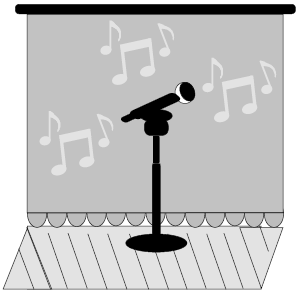

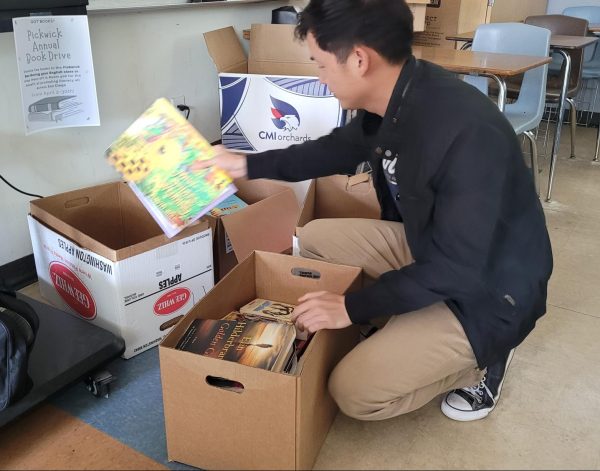
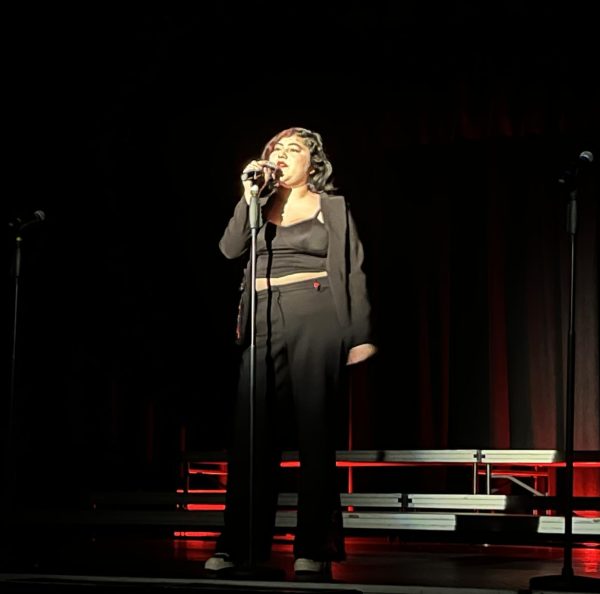

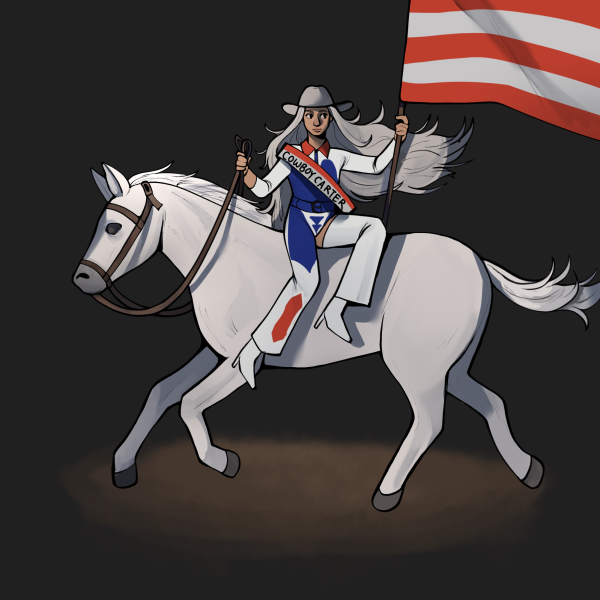

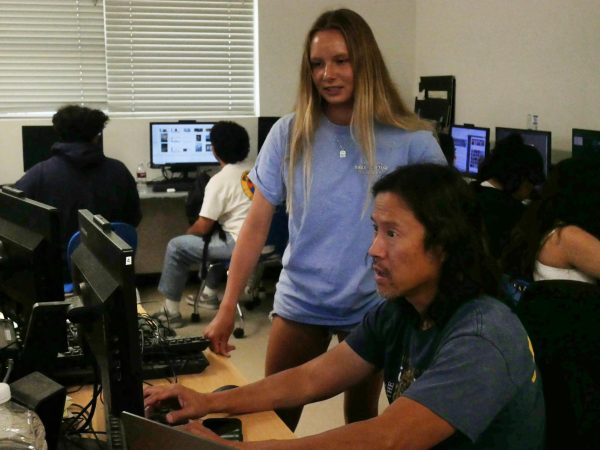
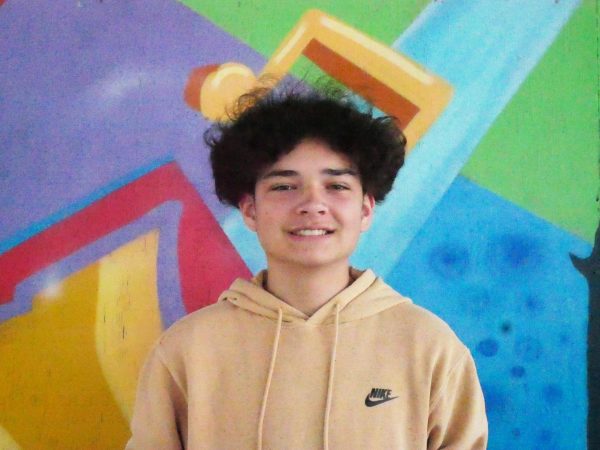

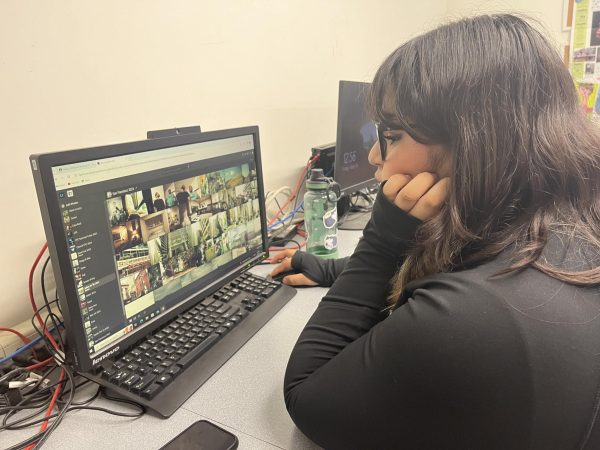

Eric Helle • Apr 8, 2020 at 8:55 am
This is a heartwarming story, Evan. It reminds one to focus on the journey rather than the end result, to take on the small risks and pursue small joys that sustain us in times of struggle.